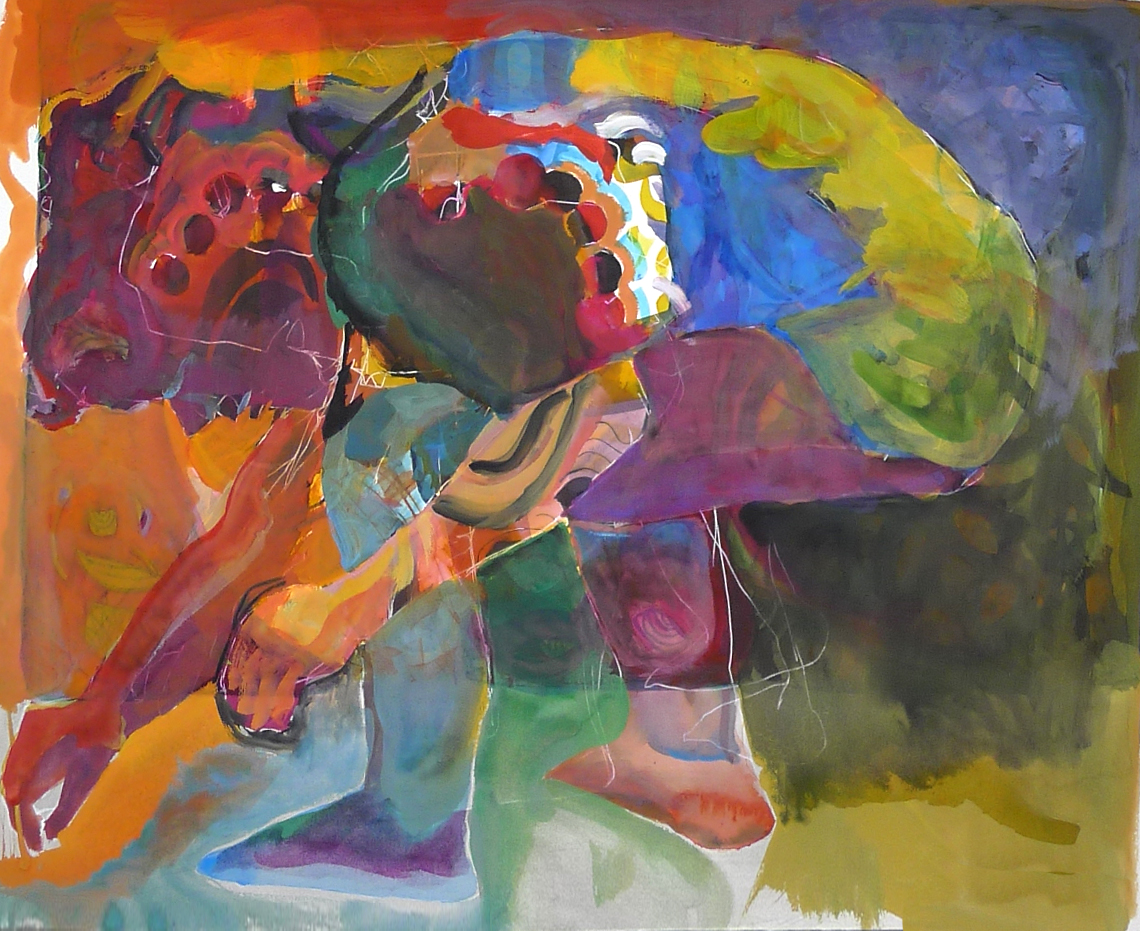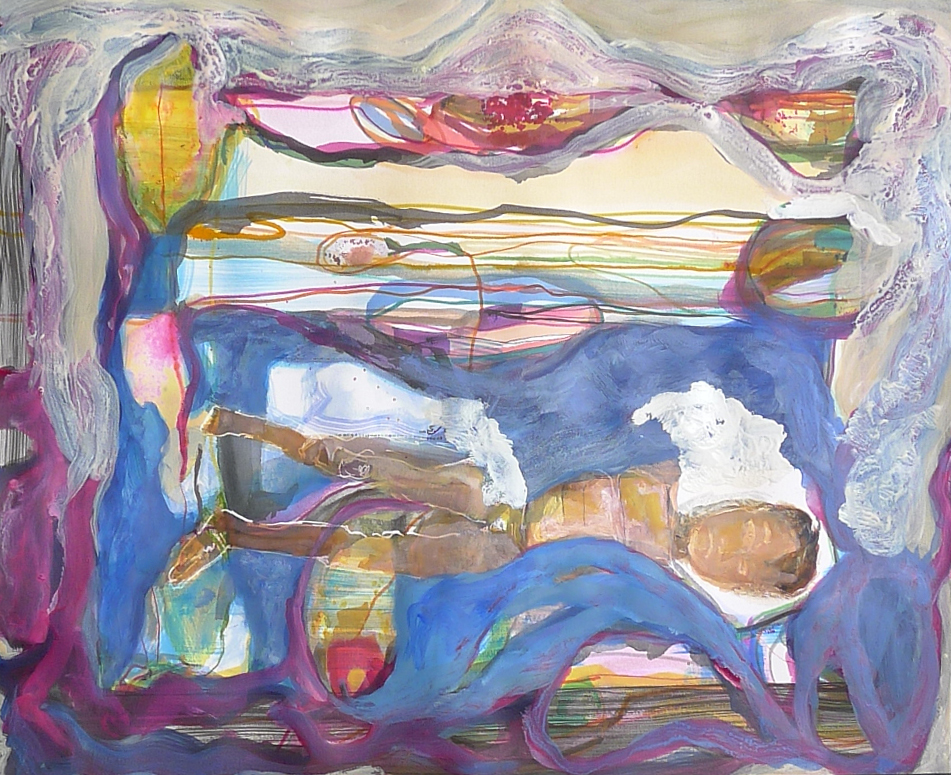Convey by Capture: "Real Life"
- Rebecca Meredith
- May 15, 2018
- 3 min read
Combining Pattern, Motion and Color within Documented Relationships

In illustration, the goal is the distillation of an idea built with elements that feel authentic, and are usually based on intentional reference photographs. Sometimes, you can explore and identify a topic (surfing, elderly home, cake, what have you) by taking your camera and setting up the scene, getting to know the location, the players, and method acting while you shutterclick. You try many scenarios until you find the angle that best illustrates the experience you're conveying by capture.

From my work in illustration, I've gotten into the habit of taking my camera around with me. When you have young children, who live by doing, you begin to tune into that moving light of dynamism and emotional expression. I tried to get down this shifting intense moment to moment in these works.
Young children never simply walk forward one foot in front of the other - they hop, crawl, bounce, sway, swagger, fall, cry, smile, jump, and bonk.
To paint what I know, as a mother working part time and "part time" nurturing a two year old, how would it look? I photographed my life and found a constellation of close friends, who were pivot points for the self-regulation every two year old is still building. Together with friends and family, set against outdoor backdrops when possible, we rolled, whizzed, scaled, tumbled, flopped, leapt, bumped, jumped, sunk, splashed, smashed, leaned, and laughed.

I included elements of documented everyday in its recognizable representation (realism), exciting for the rife availability of moments of friendship played out with heightened feeling and full body engagement. Often grouped in twos or threes, among the children, there would be mirroring and repeating, ripe with patterns in motion, the resonance which I love to echo my loves in music (I'm looking at you, Bach's piano partitas).

I also wanted to find the physical body again, the kids often naked or nearly naked so free in their bodies. And I was just finding connection with mine again after putting it through non-moving 18 hour workdays at a desk before motherhood, or post-partum as my body served my child for milk, nurture, psycho-physical connection, and junglegym.

When you paint with a reference, especially a frozen photographic reference, you have to be careful not to worship the rich visual information and end up a xerox machine. Remaining in a state of engagement and finding your creative intention, the photo is a reference and still part of the continuum of perception, so keep your eye and mind as your guide. Information is selective perception: the light on the tip of the nose, a facial expression always in motion. So too when I paint, I want enough information to ground the viewer in reality, but not so much that the viewer's mind gets stuck on the concrete and definable, without a way to wander into narrative possibility.

Layers of mediums, Layers of Seeing
They became dreamlike, nearly surrealistic, but mostly a feeling within that moment of dynamic action,.

I found old watercolor textiles, a good 30% of which didn't "make it" to stand on their own, and began to draw this constellation of relational moments on top of them. Some pieces involved collage of artworks as well, and all included a layering of media. Pen onto flowing concentrated inks, white opaque oil soluble watercolor, dental tools scratching out the color to carve into the next layer.

Run with it
To see what happens when even this small bit of documentation and everyday life gives way to pattern and collage for open-end and multi-direction layered narrative, see the next series Constellation evolved into, which I called Chimera, the many headed beast. Or, to see what came before documentation, when I looked at types of things in stasis to find their structural underpinnings and similarities across difference (and to use the paintings for work in licensing), see the post about Variations on a theme.






























Comentários